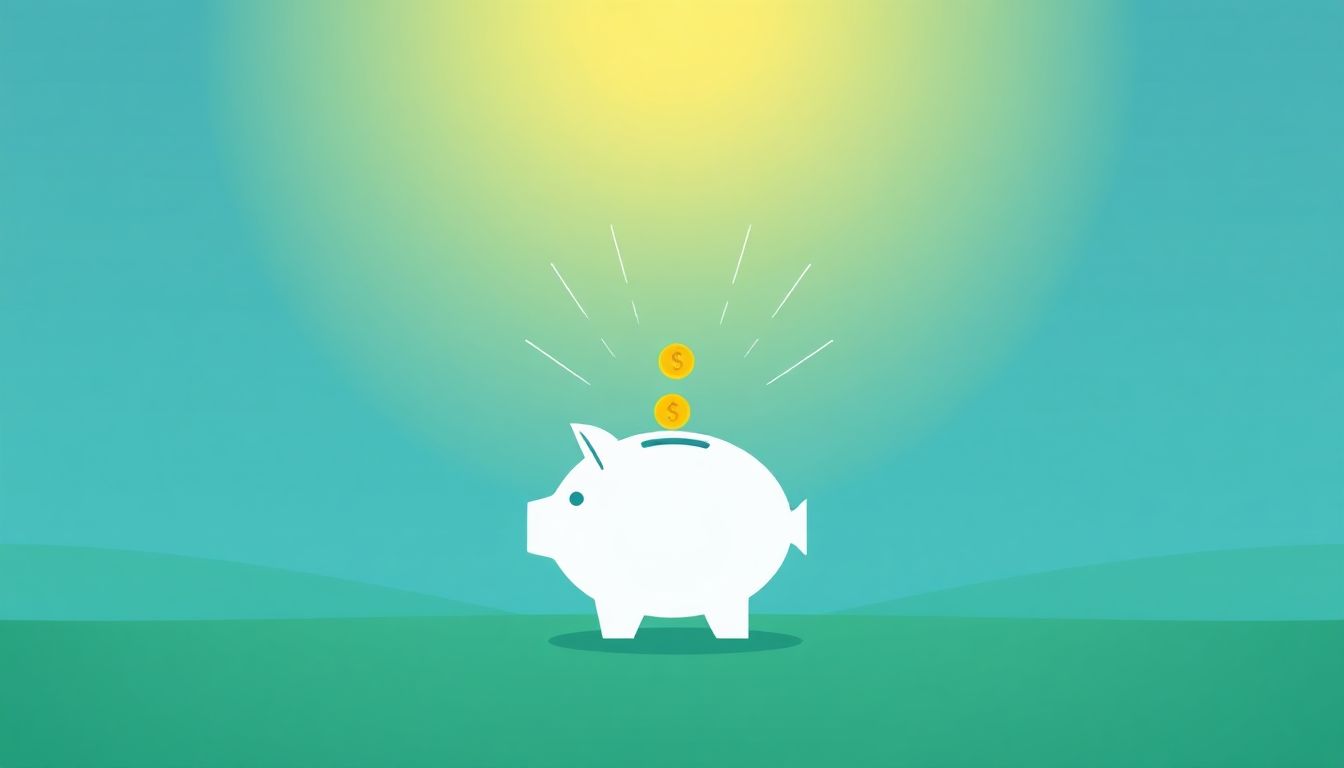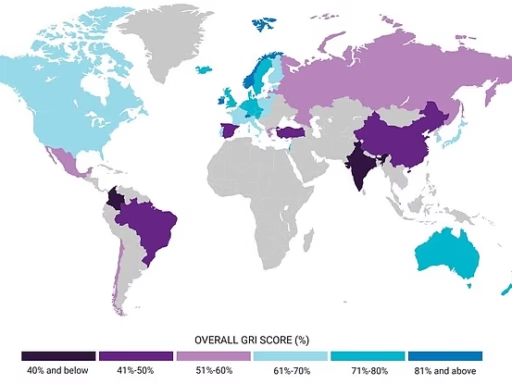
Disclaimer: This content is for educational purposes only. It does not provide financial advice, and readers should consult with a certified financial advisor for guidance specific to their situation.
Introduction
Life throws curveballs. Maybe your car breaks down, a job suddenly ends, or an unexpected medical bill arrives. These moments can feel overwhelming, leading to stress and debt. But what if you could face these surprises with a sense of calm?
Many people find themselves vulnerable when unexpected expenses hit. Without a safety net, they may be forced into tough choices like taking out high-interest loans. This common financial challenge affects countless households.
The good news is that with a structured approach, you can begin building an emergency fund within six months. This guide outlines practical steps to create a financial cushion. By following these strategies, you can move from uncertainty toward greater security.
Section 1: Understanding Your Emergency Fund
What is an Emergency Fund and Why You Need One
An emergency fund is money set aside for big, unexpected financial needs—like sudden job loss, urgent medical care, or major home or car repairs. Its purpose is to help cover costs without relying on high-interest debt.
Beyond the practical benefits, having an emergency fund also offers peace of mind. Knowing you have money saved reduces anxiety and helps you focus on solutions instead of stress.
How Much Do You Actually Need?
A common guideline is to save three to six months of living expenses. Start by listing your essential monthly costs: housing, utilities, groceries, transportation, insurance, and minimum debt payments. Multiply that amount by three or six to get your savings target.
For example, if your essential expenses total $2,000 per month, your emergency fund goal could range from $6,000 to $12,000. Your exact target may depend on your personal circumstances, such as job stability, family responsibilities, and health.
Section 2: Assessing Your Current Financial Situation
Tracking Your Income and Expenses
The first step toward saving is understanding where your money goes. Use budgeting apps, spreadsheets, or a simple notebook to track income and expenses for at least one month. This clarity will help you identify patterns and make informed decisions.
Identifying Areas for Savings
Separate your spending into “needs” and “wants.” Needs include essentials like housing and groceries, while wants might include dining out or entertainment. Look for small, manageable changes—like cooking at home or reducing subscriptions—that can free up extra savings each month.
Section 3: Creating Your 6-Month Savings Plan
Setting a Realistic Monthly Savings Goal
Once you know your total target, break it down into monthly or even daily amounts. For instance, saving $6,000 over six months equals about $1,000 per month, $250 per week, or roughly $35 per day. Smaller goals often feel more achievable.
Automating Your Savings
Consider setting up automatic transfers from your checking account to a separate savings account each payday. This “pay yourself first” approach helps you stay consistent without relying on willpower alone.
Section 4: Strategies to Accelerate Your Savings
Increasing Your Income
Explore side jobs, freelance work, or selling unused items to speed up your progress. Many people find that even modest extra income—like from part-time gigs or online projects—can significantly boost savings.
Cutting Expenses Further
Review recurring bills and negotiate for lower rates on services like insurance or internet. Practice frugal habits such as meal planning, using coupons, or enjoying free local activities instead of costly outings.
Section 5: Where to Keep Your Emergency Fund
Choosing the Right Savings Account
A high-yield savings account (HYSA) can be a smart place to store your emergency fund. These accounts usually offer better interest rates than standard savings accounts, allowing your money to grow while remaining safe and accessible.
Balancing Accessibility and Security
The goal is to ensure quick access in emergencies while reducing the temptation to spend unnecessarily. Linking your fund to your checking account (without attaching it to a debit card) strikes a healthy balance.
Section 6: Maintaining and Replenishing Your Fund
When to Use Your Emergency Fund
Reserve these savings for genuine emergencies, such as job loss, urgent medical expenses, or major necessary repairs. Avoid dipping into it for vacations, shopping, or other non-essential spending.
Replenishing After Use
If you do use your emergency fund, prioritize rebuilding it. Adjust your budget temporarily and continue setting aside money until the fund is restored.
Conclusion
Building an emergency fund in six months is a realistic and rewarding goal. By understanding your needs, tracking spending, and following a disciplined savings plan, you can create a financial safety net that reduces stress and improves peace of mind.
Start today—small, consistent steps can lead to long-term security.


